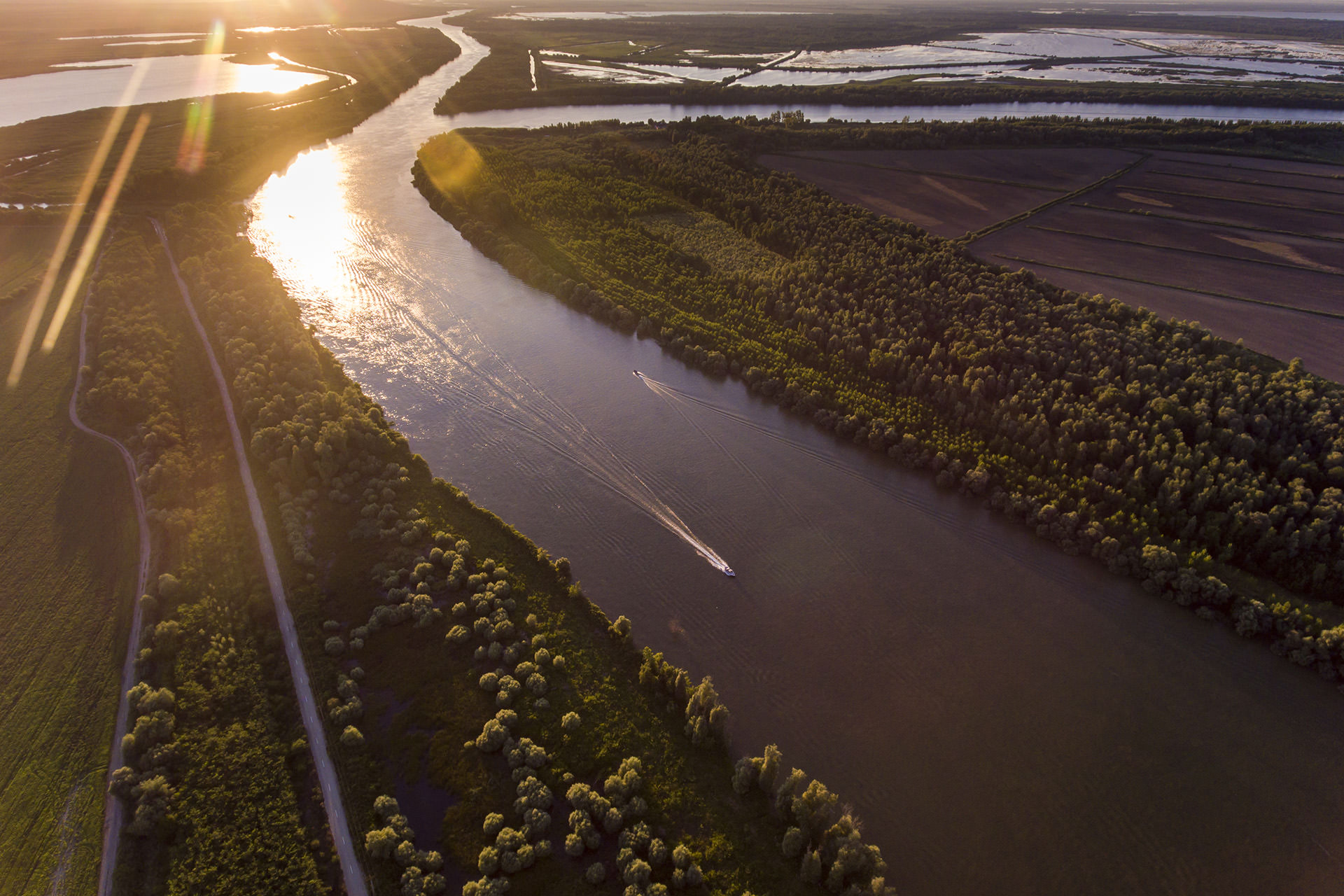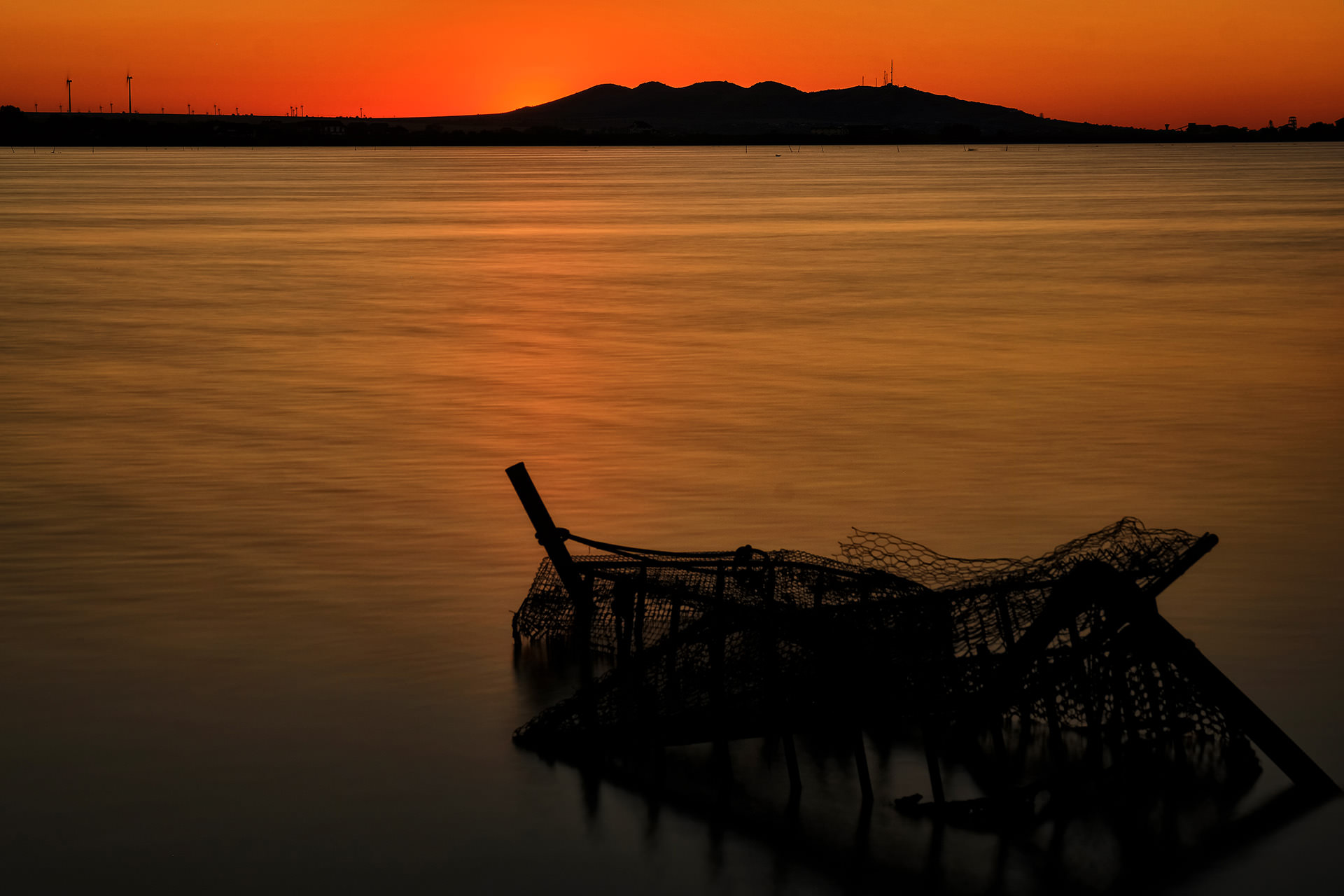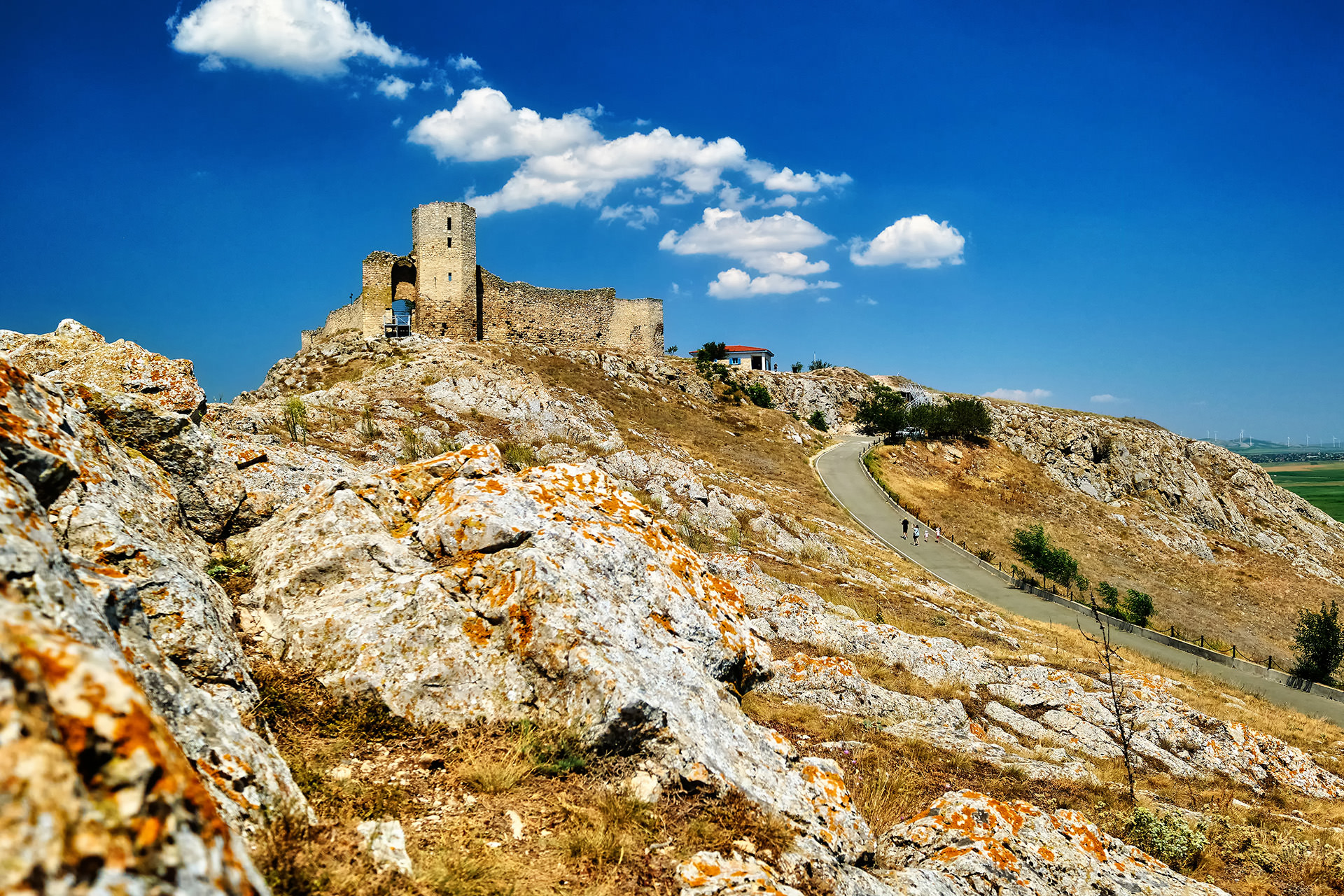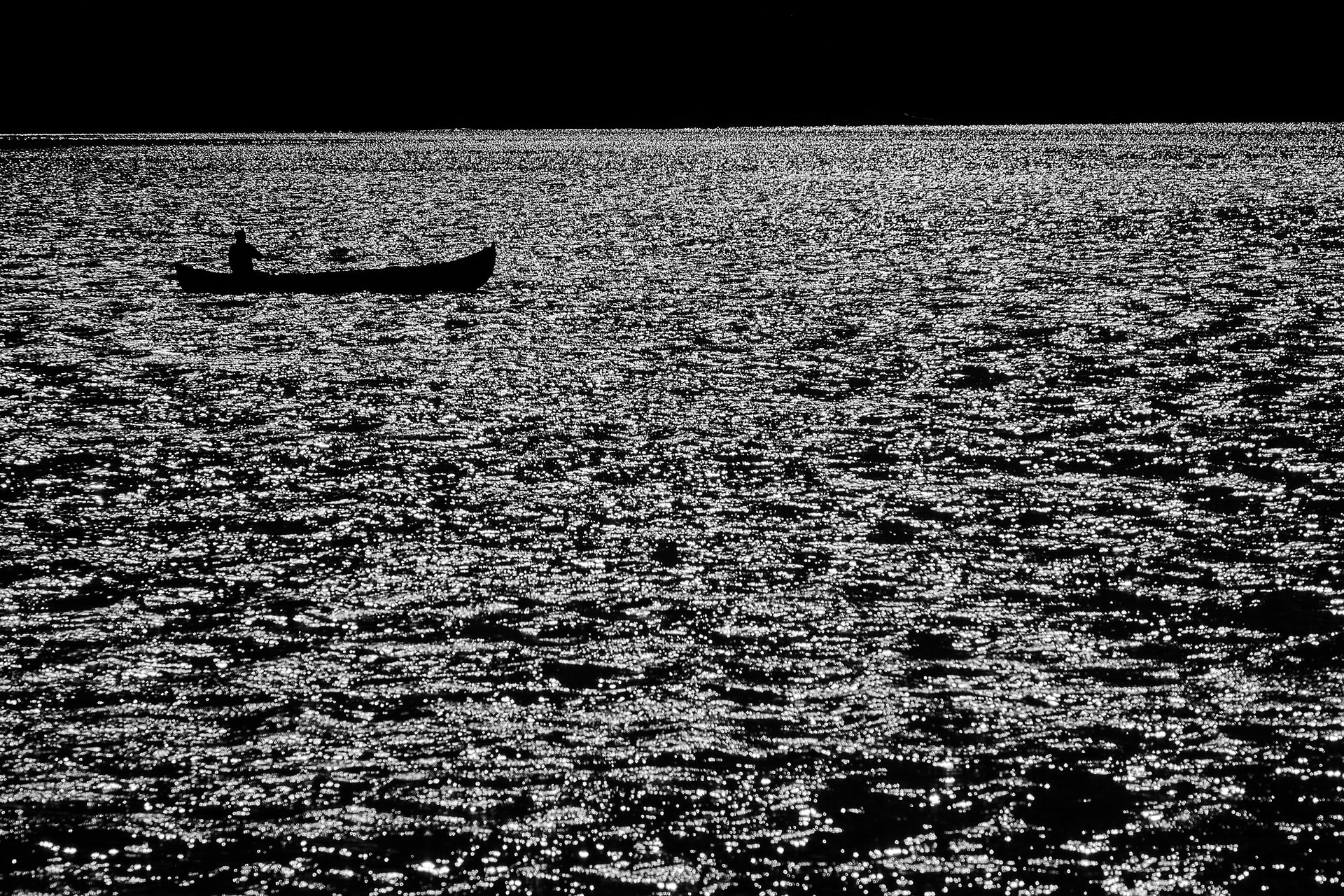Within Romania, there is also a chance for us to explore a unique and mesmerizing land of Europe, where life takes new coordinates and people are simple spectators of a show that nature bestows with each moment and season. Through hidden canals and over lakes filled with life, traveling in the Danube Delta of Romania is an experience that cannot be explained or reproduced. It is a carousel of emotions and feelings that amaze and fascinate, where each day and activity is tightly connected to the universe of water. Surrounded by an incredible diversity of life and an environment that is entirely unique, we have the constant sensation of discovering blessed places, where everything follows a special set of rules!

One of the most beautiful and diverse natural marvels of Europe lies just a few hours east of Bucharest, within the sensational Danube Delta Biosphere Reserve. The newest land of Europe and one of the last sanctuaries of biodiversity, the Danube Delta of Romania is a strictly protected area, first as a UNESCO Biosphere Reserve, but also including an impressive number of natural protected areas. Over the centuries, various nationalities have passed through this amazing region, many of which have made their mark onto the cultural diversity that characterizes the Danube Delta. In this area of surreal beauty, over 360 species of birds have been identified, with millions arriving each spring from all corners of the Earth, while others stay here throughout the year. There is also a great variety of fish species, rare vegetation habitats and stunning landscapes. The human communities are another fascinating element of the delta, with remote traditional villages following the rhythm of the unique environment!

After it passes through ten countries, setting a world record, the Danube flows into the Black Sea and forms the magnificent Danube Delta of Romania. Along its over 3000 km course, the river gathers the waters of Central Europe and enters Romania at Baziaș, forming an impressive defile known as the Iron Gates. Romania has the most important stretch of the Danube, with about one third of its total basin and length. With a total surface of over 4000 sq. km, of which about 85% are in Romania, the Danube Delta is one of the most important tourist destinations in this part of Europe. Another roughly 1000 sq. km. of the southern Razim-Sinoe lagoon complex is also included in the biosphere reserve. The Danube Delta of Romania starts near the settlement of Pătlăgeanca, where the river forks in two channels, Chilia to the north and Sfântu Gheorghe to the south. The latter also forks in two a little further, the new middle channel being called Sulina. Between these branches, there is a unique micro-universe made of hundreds of lakes and channels of various sizes. South of the Sfântu Gheorghe branch, there are a series of lakes, including those formed through the sand barriers that have closed former gulfs of the Black Sea, the most important being the Razim-Sinoe lagoon complex.

The range of attractions and activities of the Danube Delta is truly impressive, including the exceptional boat trips to discover and admire the unique landscapes, fauna and vegetation. Besides these, we can also visit the traditional villages, experience fishing and other water activities. Among the most interesting destinations of the Danube Delta, there are the towns of Tulcea and Sulina, the villages and forests of Letea and Caraorman, the fortresses of Histria, Enisala and Argamum, the beaches of Sulina, Sf. Gheorghe, Perișor or Gura Portiței, the Litcov Channel and many more. To start this adventure of discovery into the fascinating charm of this place, we can start exploring from the most important settlements in the delta, offering both accommodation and tourist activity options. The main destinations of the Danube Delta include Tulcea, Sulina, Sfântu Gheorghe, Murighiol, Mila 23, Letea, Crișan, Mahmudia, Sarichioi, Jurilovca and several others. Tulcea and the villages to the south of the Danube branches can be easily reached by car, the nearest international airport being in Constanța, while Bucharest is just 4-5 hours away. Inside the delta, the transportation is almost exclusively on water, with regular public passenger boat routes, as well as private boats for hire. The primary routes start from Tulcea and follow the three main channels, stopping in the most important villages along the way.
The Danube Delta is a unique land, a low alluvial plain that is permanently transforming and expanding, mostly made of lakes, channels, marshes and sandy islands.





The main travel activity in the Danube Delta of Romania that can be experienced in any season and from almost anywhere is exploring the delta lakes and canals on a boat ride. There are many companies and people offering trips with various destinations and lengths, during which we can discover beautiful places and the fascinating atmosphere of this destination. Inside the Danube Delta there are thirty ecosystems, including canals, lakes, lagoons, reed areas, forests, meadows, sand dunes, beaches and more, which results in a unique diversity of landscapes. From the thousands of plant species, the reed, the water lilies, the willows and the oaks are the main highlights. The delta also features over 6000 species of fauna, with about 600 vertebrate species. The fame of the destination is nevertheless given by the impressive number and diversity of birds, with 362 attested species. We can admire many of them along the canals and lakes of the delta, some of the habitats being strictly protected and off-limits for visitors. There are also unique mammals, but these are more difficult to spot in the infinity of the delta. Another important experience we could try inside the Danube Delta is leisure fishing and it can be practiced by anyone, following certain important regulations, including the acquiring of a fishing permit from the Biosphere Reserve Administration. Among the most common fish in the delta, there are pikes, catfish, perch, zander, carp and others. Photography and bird-watching are two sustainable and fascinating activities that are a perfect match for this destination, while other options include sunbathing, swimming and kayaking. Another unique aspect of the Danube Delta of Romania is the traditional food, with exceptional fish specialties.

The delta houses the great majority of Dalmatian and great white pelicans in Europe, over half of the world’s pygmy cormorant population and half of the total red-breasted goose population. Other bird species include the cormorant, great egret, heron, spoonbill, grebe, gull and others!
One of the best places to start from is the city of Tulcea, the largest settlement of the delta, located on seven small hills on the bank of the Sfântu Gheorghe Channel. Established by the Dacians in the 7th century BC and once known as Aegyssyus, it offers a few interesting sights that are worth visiting before traveling into the infinity of the delta. There are few traces of the old fortress on a hill in the eastern side of town, where today the Museum of History and Archaeology can be found. It presents the millennial past of the region through various exhibits (archeological finds, coins, old documents and more). In the center of the city there are a few other museums, including the Danube Delta Ecotourism Museum Center, a sort of natural history museum that features elements of the area’s impressive biodiversity like an aquarium with local fish species. Two nearby buildings house the Museum of Art and the Museum of Ethnography and Folklore. Other tourist attractions of Tulcea are the St. Nicholas Church, the Azzizie Mosque and the Danube promenade.
One of the most interesting and quaint places in Romania, the little town of Sulina is the easternmost point of the country, surrounded by the unique charm of the delta and the infinity of the sea. Once, it was one of the most important towns along the river, a free port where the European Danube Commission was established and a great number of commercial fleets used to be based. Along its history, Sulina was always a multicultural town, with dozens of nationalities and various religions finding a safe haven here. Almost completely destroyed during the Second World War, today it is just a shadow of its past, although there are still some traces left, including a unique bohemian atmosphere. Besides the trips towards the channels of the Danube and the wild beach that can be visited outside of town, it has several other landmarks, including the former palace of the Danube Commission, the old lighthouse, the old water tower and the multi-ethnic cemetery.
Our journey continues with a village lost in the heart of the delta, surrounded by canals and sand dunes, where the small blue-painted houses glisten in the sun. The village and forest of Letea have become one of the most popular destinations in the Danube Delta and its main highlights are the authentic charm of the village, the uniqueness of the forest and the wild horses roaming freely through it. We can also admire the small church, the reed roofs of the tiny houses, the boats of the locals and the animals grazing on the shores of the canal. With the development of tourism in the village, it now offers a few accommodation spaces and several traditional restaurants that are usually open during the warm season. The nearby Letea Forest is a strictly protected natural reserve, yet part of it is open for guided visits, with locals driving carriages and modified vehicles to transport tourists over the sand dunes. This is the oldest protected area of Romania and represents the northernmost subtropical forest in Europe, with rare species of trees and vegetation, as well as a rich wildlife. Besides the ancient oak trees and the peculiar vines, the forest also houses hundreds of wild horses that have remained in the area after being released decades ago. Another interesting destination of the delta is the village of Caraorman and the forest by the same name, located south of the Sulina channel. Located on an extensive sand island just like Letea, the village still preserves its authentic charm, with lanes covered in fine sand and low houses painted in the traditional blue of the Lipovan people. Although we can also reach the Caraorman forest on foot, locals offer transportation in their modified cars. This mixed oak forest includes subtropical species and is sometimes partially flooded, offering an impressive contrast to the nearby desert-like landscape with sand dunes.

Among the most interesting tourist attractions located close to the Danube Delta, the fortress of Enisala rises on a rocky hill on the western edge of Razim Lake, a short distance from the village of Enisala. The picturesque location in a splendid landscape and the long history of this monument increases its magnificence. It is the only fortress established by the Genoese in Romania, being built during the 14th century to defend the commercial roads and sea routes. During those times, the lakes in front were actually a gulf of the Black Sea. Also known as Heracleea or Yeni-Sale, Enisala Fortress still keeps part of its defensive walls and towers, with heights between 5 and 10 meters. From inside the fortress, there is a beautiful panorama over the surrounding area.

Established by the Russian Lipovan people during the 19th century, the village of Jurilovca is known for its fishermen community, developing as a tourist destination for its authentic charm, but also because it is the main way to reach the remote seaside resort of Gura Portiței. Lipovan traditions are still kept inside the village and the unique architecture of the houses is quite interesting. Gura Portiței on the other hand is a leisure destination, developed on a long belt of sand between the lake and the Black Sea, providing a laid-back atmosphere and serene beaches. We can find boats in the port of Jurilovca that offer transfers to Gura Portiței and other destinations.
The ruins of one of the oldest settlements attested in Romania (6th century BC) can be observed on a small rocky peninsula, north of the village of Jurilovca. The fortress of Argamum or Argamon was established by Greek colonists who settled the coast of the Black Sea, followed by a period of Roman domination. It flourished for several centuries and the ruins speak of a powerful town with important buildings. The fortress is located right on the edge of the rocky promontory that once overlooked the sea. Still mostly undiscovered, the fortress of Argamum is less known by travelers, yet truly impressive through its dimensions and location. The small peninsula that houses the ruins is known as Doloșman Cape and is a natural reserve, representing the only rocky sea cliff on the Romanian coast. With a length of about 3 km and a height of over 50 meters, it offers an impressive panorama over the Razim-Sinoe lagoon complex, especially with the fortress ruins in the foreground.
Once located in a gulf of the Black Sea, the great ancient fortress of Histria can now be found on a small outcrop between the lakes of Sinoe and Histria. The fortress was established by Greek colonists from the city of Milet in 7th century BC and is the oldest Greek colony on the western coast of the Black Sea. Throughout its 13 centuries of history, Histria continuously developed and flourished, being one of the most influential in the region and the first town to mint its own coins in Romania. A marvelous city during the Greek, Roman and Byzantine rule, the fortress used to have strong defensive walls with many towers, long water pipes and cobblestone streets. Among the most important buildings discovered inside the archeological site, there are the temples of Zeus and Aphrodite, the forum and the market, Christian basilicas from the 6th century and many others. The Museum of Archeology located nearby includes fascinating exhibits discovered during the digs inside the fortress.

Best Accommodation in the Danube Delta
Lebada Luxury Resort 5*
9.5 Rating from 586 Reviews!
Located in the village of Crișan, in the middle of the delta, this exquisite complex includes a 5 star hotel that features outdoor and indoor swimming pools, a spa and wellness center, two restaurants, playgrounds and activities!
Delta Miraj Guesthouse 3*
9.6 Rating from 69 Reviews!
This beautiful guesthouse in located on the banks of the Danube in the town of Sulina, offering excellent rooms with air conditioning, an outdoor swimming pools, free wireless internet and easy access to many outdoor activities!
Sun House 3*
9.9 Rating from 201 Reviews!
This splendid guesthouse is located in the village of Murighiol, with easy access to many activities in the Danube Delta, including boat tours. The traditional house is beautifully designed to offer an authentic atmosphere!
Insula Hotel 3*
8.7 Rating from 1093 Reviews!
This hotel is located in the city of Tulcea, on a small island, also featuring a traditional restaurant with Romanian food. It also features nice rooms with private bathrooms, a bar, a swimming pool and a playground!
Orizont-Mahmudia Resort 3*
9.1 Rating from 105 Reviews!
Located in a beautiful natural area in the village of Mahmudia, this amazing resort features a traditional restaurant, rooms with air conditioning and bathrooms, swimming pool, bar and a lot of activities available!
Old Fisherman House 3*
9.8 Rating from 25 Reviews!
This authentic guesthouse is located in the village of Jurilovca and features two bedrooms and one bathroom, fully-equipped kitchen and a terrace with beautiful views of the lake, a garden and barbecue facilities!